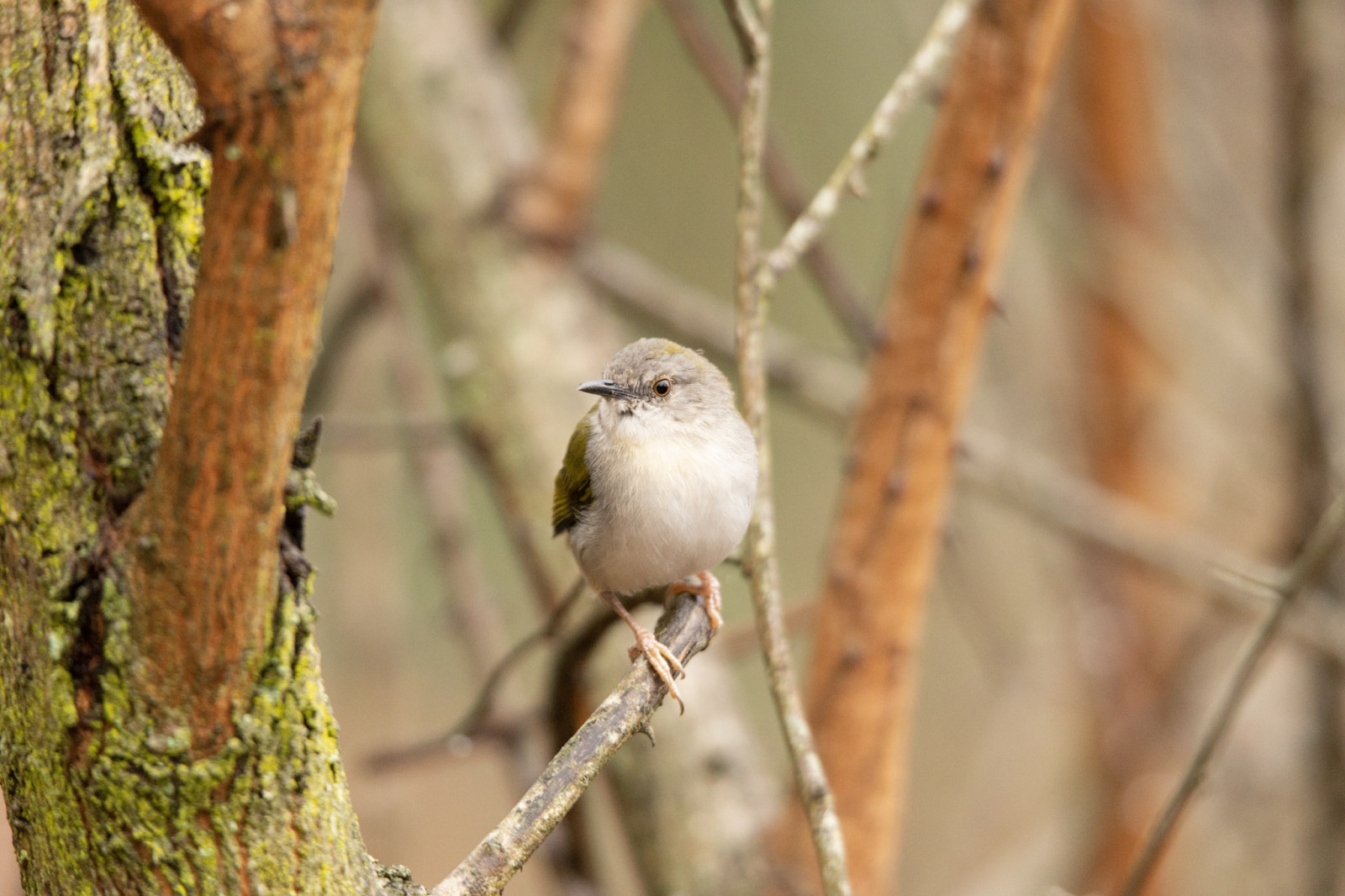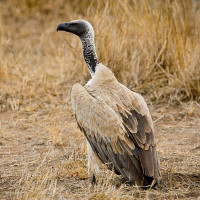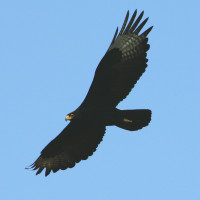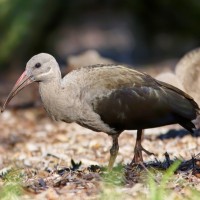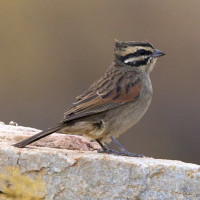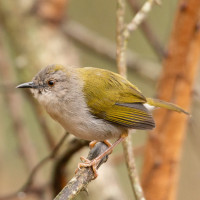Opis
Ithala Game Reserve has a particularly varied landscape. The park is located in a transition area from grassland to savannah. The nature is breathtakingly beautiful, with spectacular granite cliffs, rolling hills, open savannahs, dense forests and rivers. The reserve is a unique ecological hub with more than 300 bird species in the area. Due to its far northern location you can encounter typical lowveld species here, such as Temminck's Courser , Magpie Shrike and Grey Go-away-bird. Species normally associated with the drier, western areas of South Africa are also found in the reserve. For example Chestnut-crowned Babbler and Cape Bunting.
The Phongolo River, which forms the northern boundary of the reserve, provides an ideal habitat for a variety of typical Zululand birds whose range extends just as far as Ithala. Some examples are Brown-headed Parrot, Broad-billed Roller, Bearded Woodpecker and Bearded Scrub-Robin.
Ithala is also famous for its birds of prey. The Crowned Eagle can often be seen circling above riverine forests, their presence betrayed by the alarm cries of the alert vervet monkeys, the eagles' favourite prey. Lesser Spotted Eagle are sometimes seen in the summer months, while the cliffs above Ntshondwe Resort provide excellent habitat for several pairs of Verreaux's Eagle. African Hawk-Eagle and Martial Eagle, Lappet-faced Vulture and White-backed Vulture, Secretarybird and a variety of falcons, hawks, kites and kestrels are all species that can be seen with relative ease in this reserve.
The hilly terrain provides an ideal habitat for many species of the chat family, such as Familiar Chat, Mocking Cliff-Chat, Southern Anteater-Chat, Buff-streaked Chat and African Stonechat. The many rivers that cross Ithala are the preferred habitat for Mountain Wagtail, Malachite Kingfisher and Half-collared Kingfisher, herons, Great Cormorant, Pygmy Cormorant and African Darter.
The grassy plateaus of Ithala can be particularly rewarding, with a whole spectrum of bird inhabitants, from the frustrating LBBs (Little Brown Birds), extravagantly dressed Whydah birds (such as Pin-tailed Whydah or Red-collared Widowbird), to the quietly moving Denham's Bustard. A particularly commonly seen bird is the Black-shouldered Kite which can be seen hovering over open grassy slopes as it scans the ground for small rodents and reptiles.
Szczegóły
Dostęp
Ithala Game Reserve is situated near Louwsburg in northern KwaZulu-Natal. From Durban it is best reached via Eshowe and Melmoth to Vryheid. From the Gauteng area the best approach is via Standerton, Volksrust and Utrecht to Vryheid. From the north coast go via Pongola and Magudu. From Pietermaritzburg travel via Ladysmith, Dundee and Vryheid.
Gate Opening and Closing Times: Summer (1 November to 28/29 February ) 05h00 to 19h00. Winter (1 March to 31 October ) 06h00 to 18h00. All fees are payable at the gate upon entry and are valid for 24 hours. For international visitors, the standard conservation fee is R140 (about 17 euro/dollar) per adult (2024). You can visit the reserve with your own car or on a guided tour. There are also options for group walks.
Teren i siedlisko
Las , Góry , Płaskowyż , Rzadkie drzewa i krzewy , Rzeka , Łąka , Kanion/klif , DolinaWarunki
Górzysty , Skalisty , Otwarty krajobraz , SuchyTrasa dookoła
TakCzy luneta będzie przydatna ?
Może być przydatnaUdany sezon obserwacyjny
Przez cały rokNajlepszy czas na wizytę
Lato , Jesienne migracje , WiosnaTrasa
Droga utwardzona , Droga nieutwardzona , Szeroka ścieżkaPoziom trudności szlaku pieszego
ForsownyDostępne
Pieszo , SamochódCzatownia/platforma obserwacyjna
TakDodatkowe informacje
The park offers plenty of accommodation options (luxury lodges, furnished bungalows to simple rondavels and rest camps in the jungle. There is also a camping site on the banks of the Thulu River. From the main camp, Ntshondwe, you have the opportunity to do two walks These will take you to the nearest panoramic points. It is best to wear sturdy footwear, as it is an unpaved mountain path.
In the main camp you can spot various foraging animals at the pond, and with a bit of luck various water birds.
Linki
- Website Ithala Game Park
- Datazone Birdlife
- Website Birdlife ZA - Ithala Game Reserve
- Go Birding - Ithala Game Reserve

